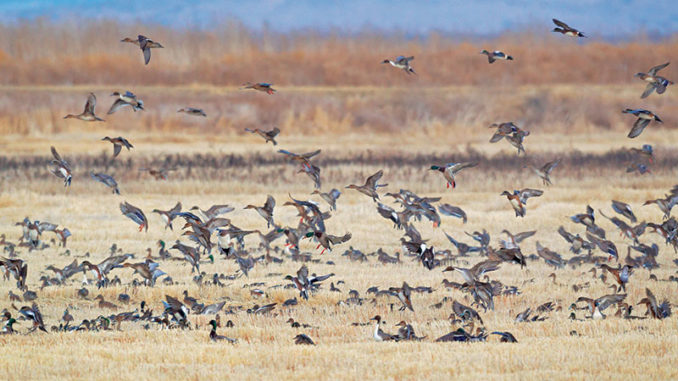
Hunters have to rethink traditional approaches to find ducks consistently
For Kent Woodrow of Enfield, Illinois, duck hunting is still somewhat new for him and his hunting friends. His family’s 5,000 acre farm is used for growing some of the best wheat, soybeans and corn in the midwest.
But these days, the farm is being used for a secondary stream of revenue; duck hunting.
“Honestly, up until about 15 years ago we didn’t think much about ducks,” Woodrow said. “In the winter they went south and we spent our time chasing geese that would migrate through.”
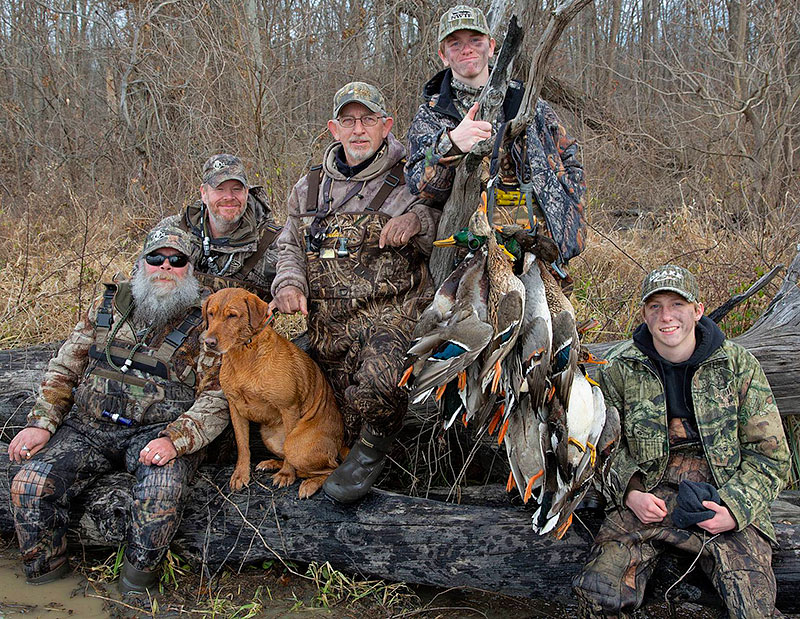
A big impact
According to the Illinois farmer, around 2000, the area rivers began flooding more often during the winter months. That, coupled with warming temperatures, created something Woodrow had not seen in his lifetime. As if overnight, his family farm started to see ducks staying longer into the waterfowl season, and staying in large numbers. And his story impacts Louisiana duck hunters in a mighty way.
“By 2005, I’d given up on goose hunting completely and began setting up several of my fields to hold water. We built a few blinds, but for the most part, we could simply stand on the edge of these fields and kill limits.”
In addition, Woodrow began leaving standing corn in these areas in order to attract and hold ducks.
For Louisiana duck hunters who have struggled over the last few years to experience quality hunting, study results have now confirmed the fears of so many.
According to the Journal of Wildlife Management, many North American ducks are indeed choosing to shorten their migrations by wintering in areas further north where food and water might have previously been buried under ice and snow. The combination of increased corn production in the Midwest, coupled with a decrease in rice production along the Louisiana and Texas coastlines, has also played a critical role in the decrease of ducks reaching our state.
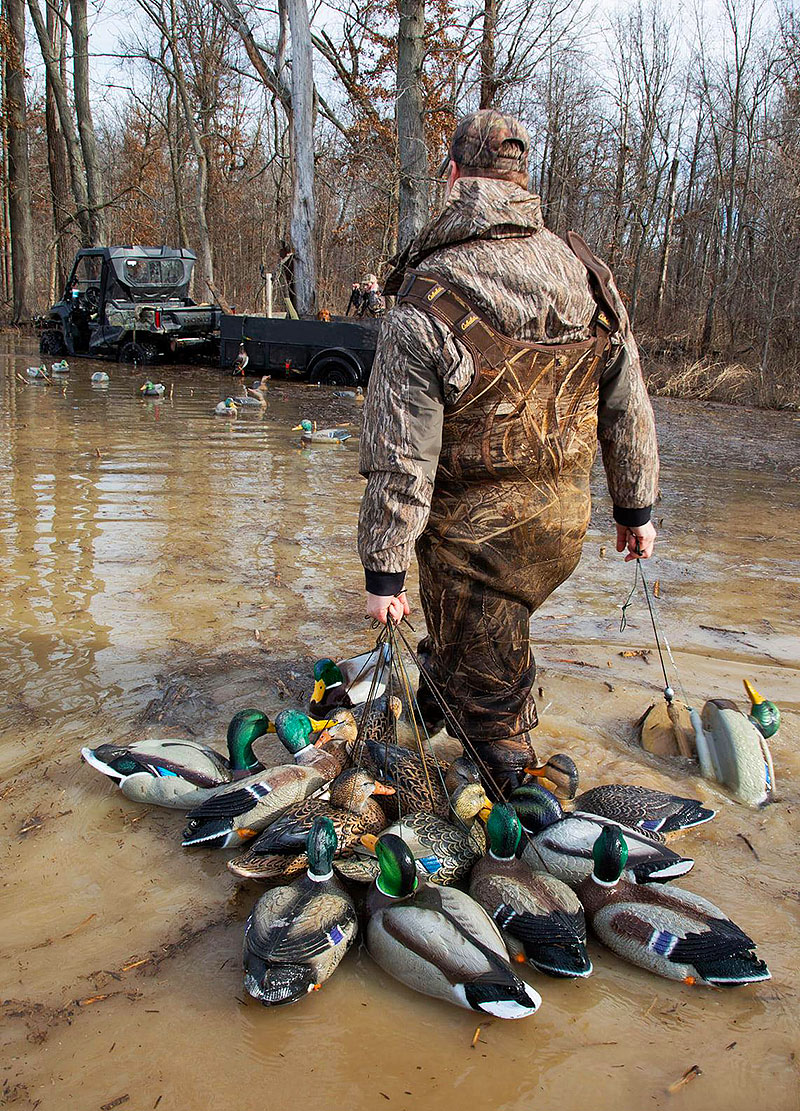
The old days
For Mike Benton of Monroe, the real glory days of Louisiana duck hunting took place in the 1970’s. Benton, a Wham Brake veteran, recently shared with Louisiana Sportsman what those days were like.
“We certainly had more ducks, but there were factors that I believe helped us attract and hold those ducks longer than we can these days,” he said.
Benton mentioned how agricultural practices have played a negative role.
“There was a time when farmers harvested their crops, whether that was soybeans, corn or rice, and left the stubble in the fields,” he said. “That stubble provided a ton of food for waterfowl. These days, as soon as the crop is out of the fields, the dirt is plowed under or rowed up for the next spring.”
According to the veteran hunter, that’s a significant contributor to not being able to hold ducks in one area.
Benton, who has now been hunting ducks for almost six decades, also believes that surface drive motors have also played a large role in ducks becoming harder to hold once they reach Louisiana.
“Last year I was out on Wham Brake,” he said. “I was in my small kayak trying to reach a group of ducks I could hear. They were located in some thick buck brush, just rafted up and relaxing. During the time I was slowly making my way towards them, several boats with standard outboards came down the brake. However, the first boat with a surface drive to approach was enough to scatter the birds and send them flying.”
Benton went on to add that in addition to the noise they make, the surface drives also enable hunters to reach areas that in the past had been safe havens for ducks.
“The newer motors enable hunters to get into areas that traditionally you could only reach by walking,” he said. “In the end, if these birds don’t have places they can rest and feel safe, they aren’t going to stay around.”
Duck Commander alum Justin Martin had this to say when asked about the surface drives.
“I own a surface drive and use it to my advantage, but at the same time the newer, standard outboards also have the ability to run in extremely low water and they’re much quieter,” he said.
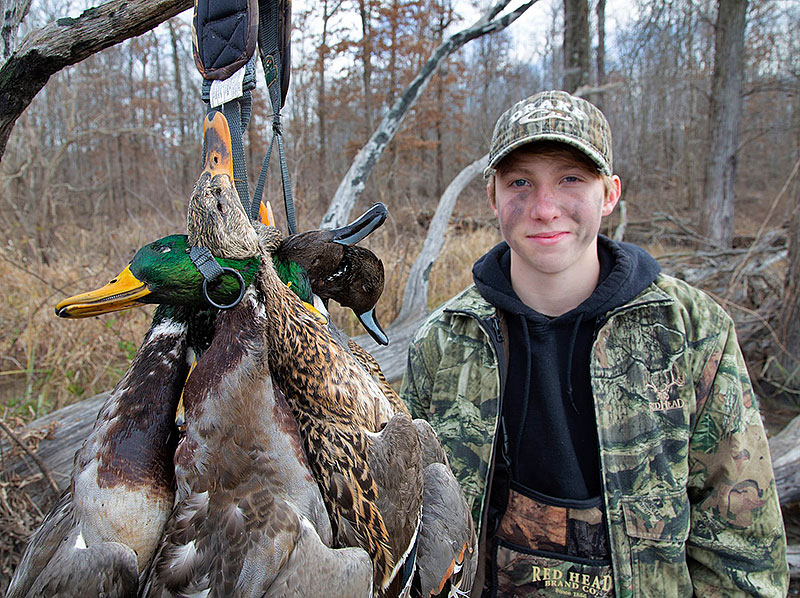
Ways to be successful
Most experienced duck hunters and waterfowl biologists understand that good habitat is what attracts and holds ducks, and weather is what sends them south. With both changes to habitat and weather, Louisiana duck hunters may need to change their approach to how they pursue ducks.
Benton decided a few years back that in order to be successful, he would need to go where the ducks were.
“The days of hunting the same blind, day after day, year after year like we did at Wham, are over for the vast majority of us,” Benton said. “I decided to change my approach to hunting ducks.”
For him, those changes included targeting smaller groups of birds and smaller areas to hunt.
“I’m no longer looking for hundreds of ducks on big water or even bigger fields,” he said. “I’m looking for out of the way places that other hunters may be passing up.”
Benton likes to find the thickest brush he can find and slip in either using a kayak he has set up for hunting, or simply walk in with a few decoys on his back.
“I’ve scaled my operation down considerably, which has enabled me to be much more mobile,” he said.
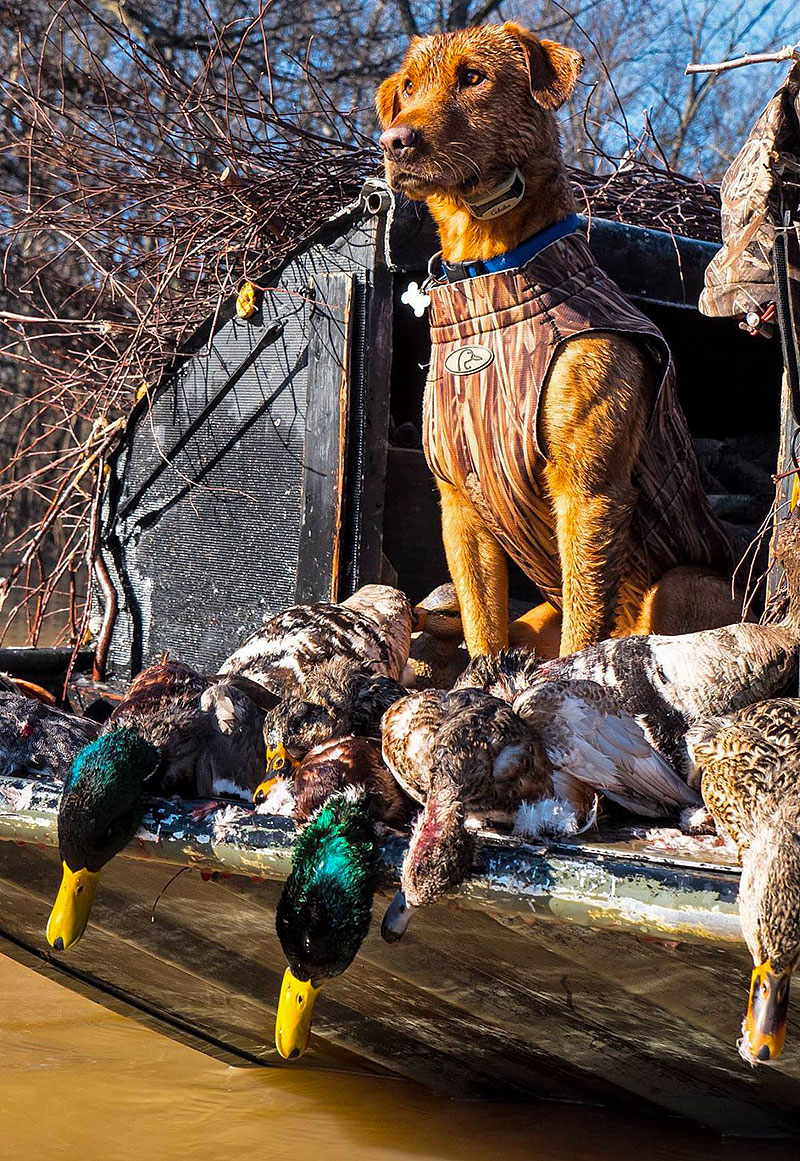
Of course doing so requires Benton to make other changes as well.
“We used to hunt with as many folks as we could put in the blind on Wham,” he said. “Those days are over for me. These days if I’m with more than two other hunters, that’s a big group.”
In addition, Benton said he spends a lot of time on the internet, using internet map sources in order to zoom in on and see small habitat details that give him an advantage.
“If I haven’t been on the property, I’ll spend a lot of time studying maps before making a run at the ducks there,” he said. “I want to know what’s around the spot where the ducks are holding. I want to figure out where they’re coming from and where they’re going when they leave the area. I want to map out my best possible entrance to the area, one that is the least intrusive.”
The past few years have been tough for many Louisiana duck hunters. Changes in weather, habitat and agriculture practices have made hunting difficult for many, but with a few changes in their hunting approach, Louisiana hunters can still carve limits out consistently.


